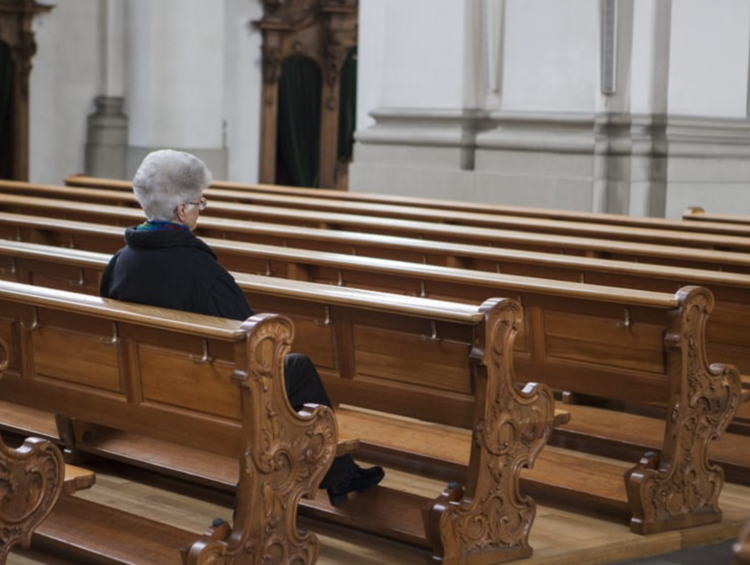When Emma Green announced she was leaving the religion beat at The Atlantic to cover cultural conflicts in academia for the New Yorker, many of us hoped that she could squeeze a bit of religion reporting into the mix.
I’ve got to say this about her first piece for the latter: One cannot accuse her of dodging controversy. This is the story of a pro-life obstetrics student in an occupation that is formidably bent in the other direction and what it’s like to get consistently slammed by one’s professional peers.
Green had no sooner posted the story on Twitter than a cascade of hateful responses sprung up.
In the past there have been many stories in the mainstream media about what aspiring pro-abortion-rights ob-gyns go through in terms of training — but this is the first one I’ve seen in a major publication about what the abortion opponents go through.
After introducing Cara Buskmiller as a millennial Catholic woman desiring to become an ob-gyn, the story continues:
But in 2010, as Buskmiller prepared to apply to medical school, she worried that admissions committees would be skeptical of her beliefs, and how her personal objections to abortion and birth control would affect her practice as an ob-gyn. What would program directors think of the volunteer stints she’d done at a crisis pregnancy center? And, when it came time for residency, would she be able to duck out of certain clinical rotations to avoid assisting with abortions?
Buskmiller got into medical school at Texas A. & M., and she went on to do her residency at St. Louis University, a Catholic school. But she felt that students like her needed more backup. So, during her second year as a resident, she launched a Web site called Conscience in Residency, a support network for doctors-in-training who have moral objections to abortion. The site’s tagline is “You’re not crazy, and you’re not alone.”
It feels that way to people like Buskmiller whose faith forbids them from taking part in abortions, sterilizations and dispensing with contraceptives.
The hatred shown toward such young professionals is almost pathological. There’s no middle ground here.










